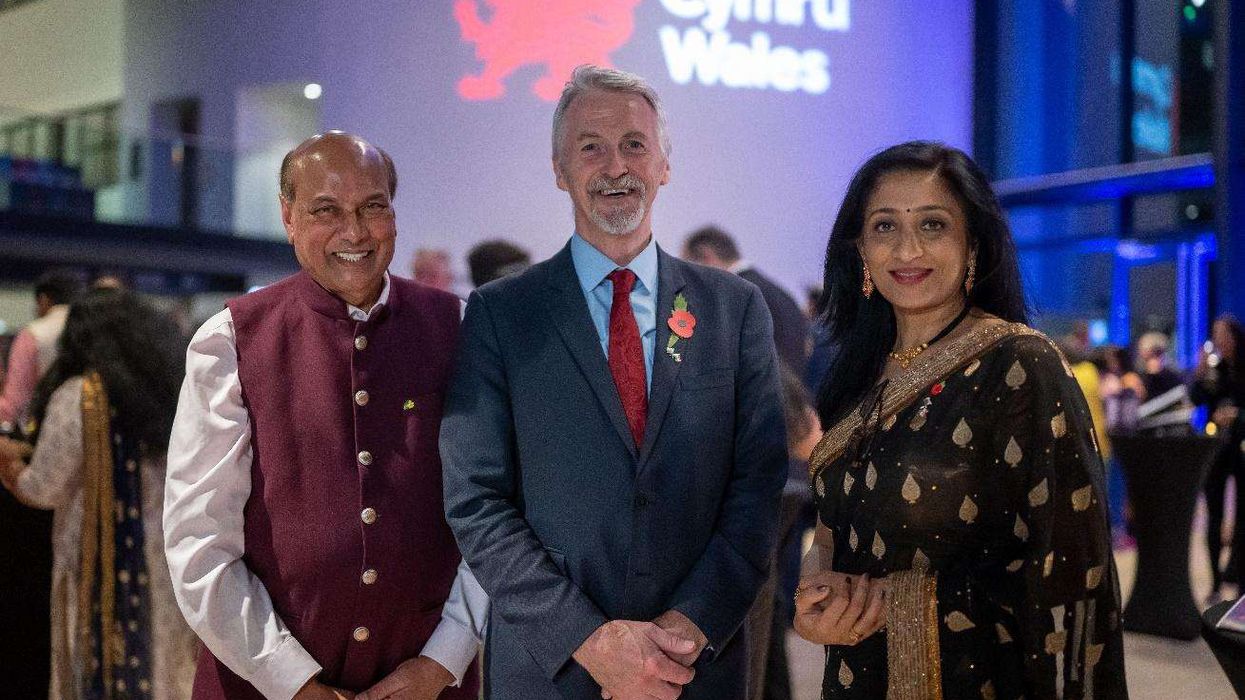THE British deputy high commissioner in Karachi, Mike Nithavrianakis, has concluded a three-day visit to Pakistan’s industrial cities of Sialkot, Lahore and Faisalabad in a bid to strengthen bilateral trade between the UK and Pakistan
During his visit, Nithavrianakis held a series of meetings with prominent businessmen and visited industrial units to discuss potential trade opportunities for mutual benefit, and to better understand the current business climate.
The UK is Pakistan’s largest export market in Europe and is the third-largest globally after the US and China. Britain is also Pakistan’s largest export market globally for services.
In Sialkot, Nithavrianakis met Nadeem Anwer Qureshi, chairman for Sialkot International Airport Limited (SIAL), and Muhammad Ashraf Malik, president of Sialkot Chamber of Commerce, along with other prominent businessmen.
In Faisalabad, he met with Rana Mohammad Sikander Azam and other members of the Faisalabad Chamber of Commerce and Industry.
Nithavrianakis also visited the Pakistan Aluminium Beverage Cans Ltd, a UK-Pakistan joint venture in Pakistan’s largest industrial estate.
The total trade in goods and services between the UK and Pakistan was £3.3 billion from July 2018 to June 2019, an increase of 4.7 per cent or £147 million from the previous year.
The British deputy high commissioner said: “These vibrant industrial cities form the backbone of Pakistan’s exports, earning vital foreign exchange, generating employment and enhancing competitiveness. I have been impressed by the cities’ business leaders and their commitment to boosting Pakistan’s economic and trade links with the world.
“...Now is the time for the private sector to be encouraged and supported at every level to promote bilateral trade between the UK and Pakistan and develop long-term, sustainable business relations”.
In 2017, UK foreign direct investment (FDI) in Pakistan totalled £791m, accounting for 0.1 per cent of total UK FDI in that year. Pakistan’s FDI in the UK in 2017 stood at £6m.
Around 135 British firms operate and invest in Pakistan.












